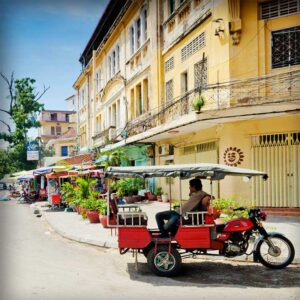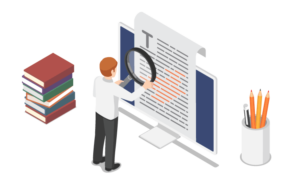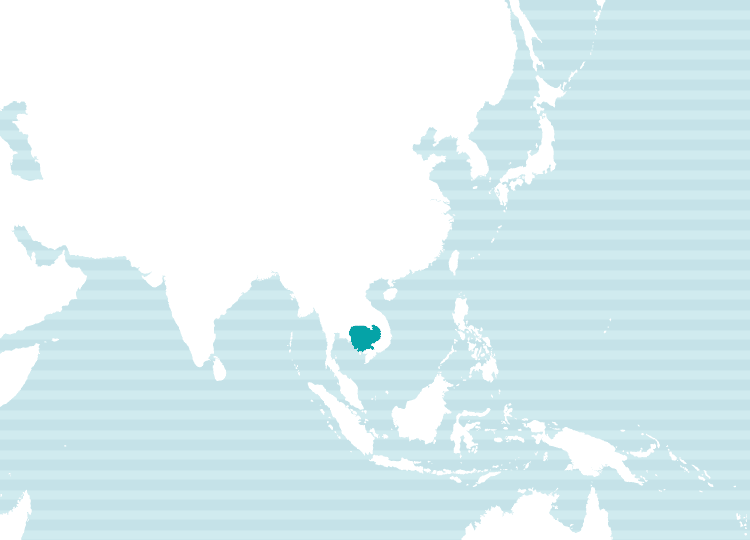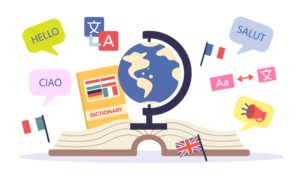Cambodia is a country with great potential for future growth, attracting more businesses seeking new opportunities. Japanese companies, from major corporations to small and medium-sized enterprises, are expanding into Cambodia—not only in manufacturing but also in service industries, IT, and other sectors.
Additionally, Cambodia is home to the Angkor Wat temple complex, a UNESCO World Heritage Site and one of the world's top tourist destinations. This opens up numerous business opportunities targeting international visitors. In recent years, a street featuring Japanese shops has opened in Phnom Penh, and an increasing number of young entrepreneurs see Cambodia as an exciting market.
At NAIway Translation Service, we provide high-quality Khmer (Cambodian) translations handled by experienced professionals in various specialized fields. Whether you need contracts, declarations, articles of incorporation, business manuals, product catalogs, brochures, or website translations, NAIway is here to support your business expansion in Cambodia.

For more details, please feel free to contact us.
Khmer (Cambodian) Translation Rates (Japanese-Khmer (Cambodian) & Khmer (Cambodian)-Japanese)
Below are NAIway’s standard translation rates.
Our regular translation fees cover all of the following services, so you can rely on us with confidence.
Translation
+
Native-Level Quality Check
+
After-Support※
※ As part of our after-support, we handle revisions and inquiries within the post-delivery verification period (typically one week).
(Please note that changes or additions to the original document are not included.)
Japanese to Malay Translation

For pricing, please contact us.
Malay to Japanese Translation

For pricing, please contact us.
- The actual cost will be estimated based on the content and volume of the document. Please send us the document when requesting a quote.
- Minimum Charge Policy. Depending on the character/word count and other conditions, we have a two-tier minimum charge system of 5,500 Japanese Yen or 11,000 Japanese Yen (tax included). This ensures coverage of the essential costs involved in translation coordination and quality assurance.

For more details, please feel free to contact us.
NAIway's Quality Assurance System
At NAIway Translation Service, we believe that quality management is our top priority as a professional translation company. To ensure the highest standards, we have developed our own Quality Assurance System (QAS) and implement strict quality control measures.
For high-quality Japanese-Khmer (Cambodian) and Khmer (Cambodian) -Japanese translations, every document undergoes a two-step review process: after the initial translation, a second translator conducts a thorough quality check.
We meticulously review each character and sentence, ensuring logical flow, terminology consistency, and appropriate expressions to deliver a refined translation tailored to your needs.

Multilingual Translation Support
At NAIway, we offer multilingual translation services. Along with Khmer (Cambodian) , we provide translations in English, Chinese, Tagalog, Indonesian, and more—all in one place.
If you're considering inbound tourism solutions, feel free to contact us for a consultation!

Introduction to Our Khmer (Cambodian) Translators
Here are some of the translators currently working with or registered at NAIway.
For more details, please feel free to contact us.
What is the Khmer (Cambodian) language?
Khmer is the national and official language of the Kingdom of Cambodia. It is spoken by the Khmer people, who established the Khmer Empire and still make up about 90% of Cambodia’s population today. In Cambodia, it is more commonly referred to as Khmer rather than "Cambodian." Khmer is also spoken in regions near Cambodia’s borders in Thailand, Vietnam, and Laos.
Due to Cambodia’s long historical influence from Indian culture, Sanskrit and Pali have heavily shaped its vocabulary. Additionally, everyday words have been influenced by Chinese and Thai, although Khmer, unlike these languages, is not a tonal language.
During the French colonial period, French was the official language, and many French loanwords remain in Khmer today. After Cambodia’s independence, there was an effort to replace foreign vocabulary with Khmer equivalents, but this movement was interrupted by the civil war. After the war, the Khmer language was officially reaffirmed in the new constitution, and efforts to standardize and develop it have continued since.
Khmer (Cambodian) Script
Khmer uses the Khmer script, which evolved from writing systems introduced from South India.
The Khmer script is a phonetic writing system consisting of 33 consonant letters, along with subscript forms and vowel diacritics that modify them.
How to Say “Hello” in Malay
ជម្រាបសួរ/cɔmˈriəp suə/
Primary Regions of Use

Language Family: Austroasiatic → Mon-Khmer → Eastern Mon-Khmer
Spoken in: Cambodia, Thailand, Vietnam, and more
Characteristics of the Khmer (Cambodian) Language
Khmer grammar follows two important rules:
- Descriptive elements come after the noun.
- For example, "language" + "Japanese" = "Japanese language" (similar to English word order but opposite to Japanese).
- Affixes are placed before the verb.
- For example, "(want to) + play" = "want to play" (opposite of Japanese word order).
Unlike many languages, Khmer has no noun case inflections, no verb conjugations for tense, person, or number, making its structure quite unique.
Another distinctive feature is how numbers are expressed. Khmer does not have separate words for 6 to 9. Instead:
- 6 is expressed as "5 + 1"
- 7 as "5 + 2"
- 8 as "5 + 3"
- 9 as "5 + 4"
This numerical system differs significantly from many other languages.


